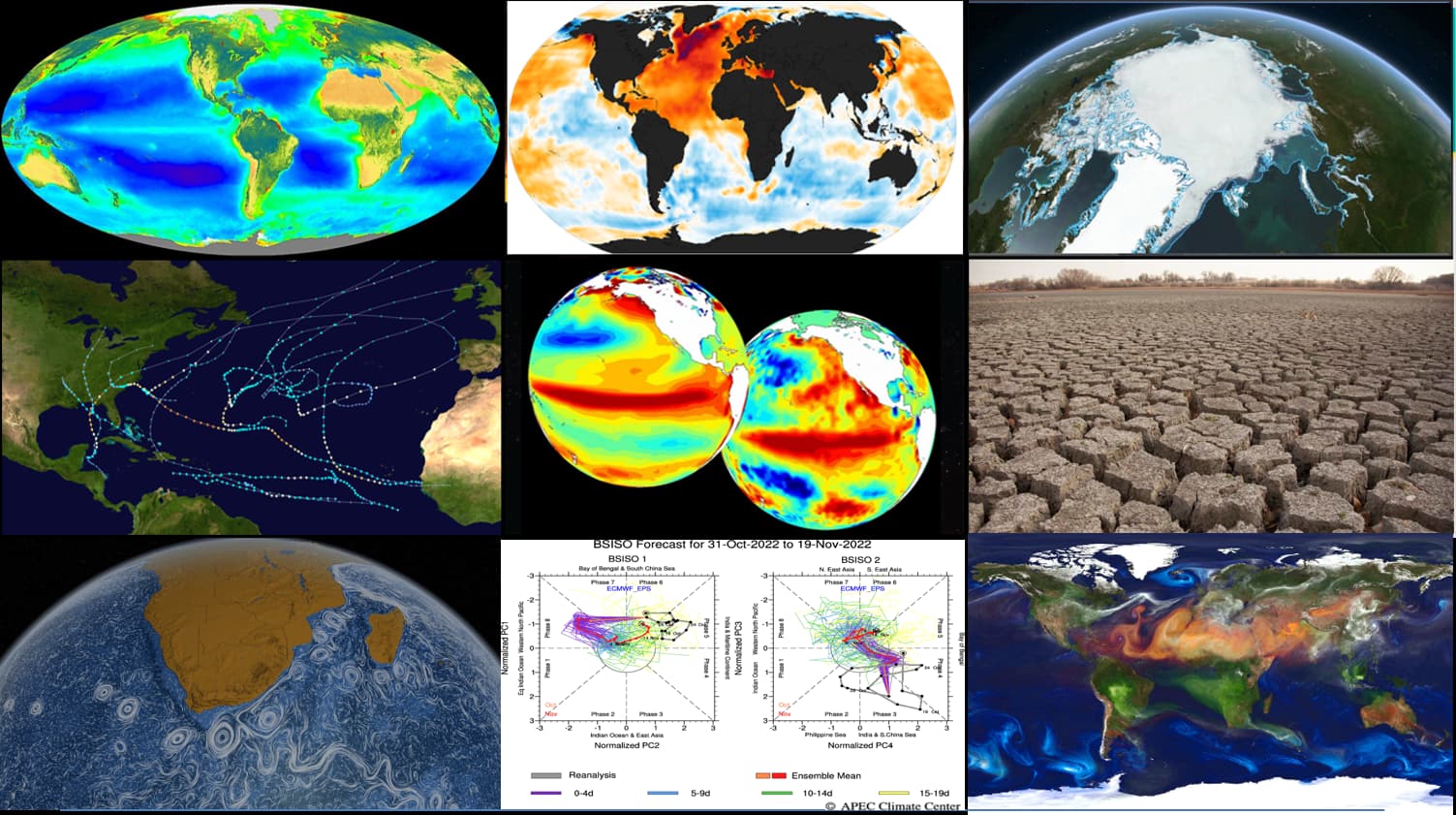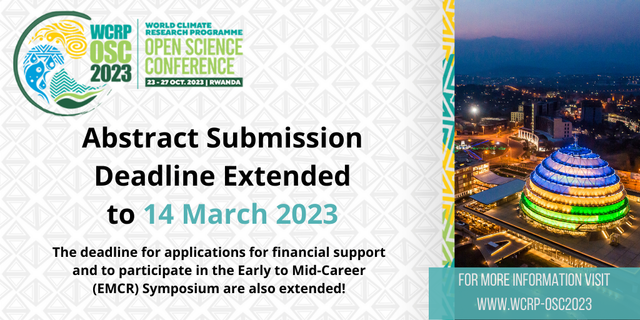- Details

The sixth assessment report (AR6 Synthesis Report) of the Intergovernmental Panel on Climate Change (IPCC) is available from 20 March 2023. It follows the same methodology as previous reports, based on a compilation of bilateral research papers. The final synthesis has been compiled from a cycle of reports that have been developed and published over the last few years. This report sets the tone for what the race against climate change will look like over the next decade and shows the most important points on which policy-makers should focus. See the full document here.
- Details
The Coupled Model Intercomparision Project (CMIP) encourages all ongoing and new Model Intercomparison Project (MIP) (CMIP6-endorsed MIPs and others) leads to register information about their MIP through a MIP registration form, both to reduce duplication of effort across MIPs and modelling centres and to foster collaboration. MIP registration will also allow the CMIP panel to obtain useful information for the design of CMIP7 and provide the climate science community with information on activities being carried out at the global level. MIP information will be made available publicly on the CMIP website in due course. There is no deadline for registration, but early engagement is encouraged.

- Details

28 March 2023, ECMWF, Reading (UK)
This symposium, organized by the WCRP Working Group on Subseasonal to Interdecadal Prediction (WGSIP), aims to highlight cutting-edge developments occurring in the international research and services communities.
The symposium is open to all interested researchers and practitioners in the international climate prediction community, either remotely or (for those based in Reading) in person at ECMWF. If you would like to attend, please complete the registration form before 26 March to receive the joining information.
- Details
The National Institute of Health (NIH) is building its climate change and health research portfolio with funding opportunities to develop Climate Change and Health Research Centers. This program will support the development of an innovative research environment to foster and sustain a transdisciplinary program of fundamental and applied research to explore the complex impacts of climate change on health and to develop action-oriented strategies that protect health and build resiliency at the individual, community, national and global levels.
More information on the funding opportunity "Exploratory Grants for Climate Change and Health Research Center Development (P20 Clinical Trial Optional) - RFA-ES-23-007"
- Application Receipt Date(s): May 1, 2023; November 7, 2023
- Institutions from around the world are eligible to apply
- Resources and partnership information to assist in developing robust and relevant research projects and core activities: https://www.niehs.nih.gov/research/programs/climatechange/research_program/p20/
- The NIH will hold an informational webinar/Q&A session on March 24, from 1:00pm-3:00pm EDT on Zoom. Registration is required at: https://nih.zoomgov.com/webinar/register/WN__5Qj2le4SxqHg9QrCMkcew
- Details
March 2023

October 2023 meet us in Kigali, Rwanda!
In this issue of World Climate Research Programme (WCRP) Insights, we focus on the WCRP Open Science Conference. The deadline is fast approaching to submit your abstract to the WCRP Open Science Conference (OSC) that will be held in Kigali, Rwanda from 23 October to 27 October 2023.
- Details
The WCRP Earth System Modelling and Observations (ESMO) Core Project coordinates, advances, and facilitates all modelling, data assimilation and observational activities within WCRP, working jointly with all other WCRP projects and providing strategic connections to related external programs. It follows a seamless and value chain approach across all Earth system components, disciplines, and scales. The modelling and observational activities under ESMO are central to the provision of science-based climate information to support adaptation planning and decision-making, local and regional climate impact assessments, and national and international mitigation and adaptation policies. ESMO was officially launched by the WCRP Joint Scientific Committee in November 2020.
This call invites the community to nominate candidates (including self-nomination) to become members of the ESMO Scientific Steering Group (SSG).
If you are interested in joining the SSG, please submit your application via the online form by the new deadline: 26 March 2023.
Please direct inquiries about the nomination and selection process to Nico Caltabiano (
For more information, click the heading above
- Details
The WCRP ‘My Climate Risk’ Lighthouse Activity welcomes several new hubs from around the globe into its international network – and more are expected to join soon. The new hubs will add to the interdisciplinary exchanges around the issue of context-specific climate risks through exciting and diverse activities that we have already seen from the established hubs.

- Details
We are pleased to announce that the deadline for abstract submission, financial support applications, and requests to participate in the Early to Mid-Career (EMCR) Symposium has been extended to 14 March 2023. To help the organizing committee, please do not leave your submissions until the last minute. Please see the abstract submission webpage for more information.

- Details

'Flammagenitus' or as they are more commonly known ''Pyrocumilonimbus' (PyroCbs) is name given to the thunderstorm that forms in the smoke plume of a fire (nuclear bomb blast or volcanic ash cloud). The large plumes of smoke generated during massive fires on the Earth's surface or volcanic eruptions, ..... when they reach a certain magnitude, they are capable of generating large vertical clouds that cause meteorological phenomena such as electrical storms and tornadoes. In the case of a forest fire, the intense heat source generates hot air that rises upwards, mixing gases, smoke particles, and the energy released through the condensation, water vapour and ice particles that helps creating the lighning which increases the risk of generating more and larger fires (J.M Katich et al. 2023). These substances have a direct impact on the climate system.

